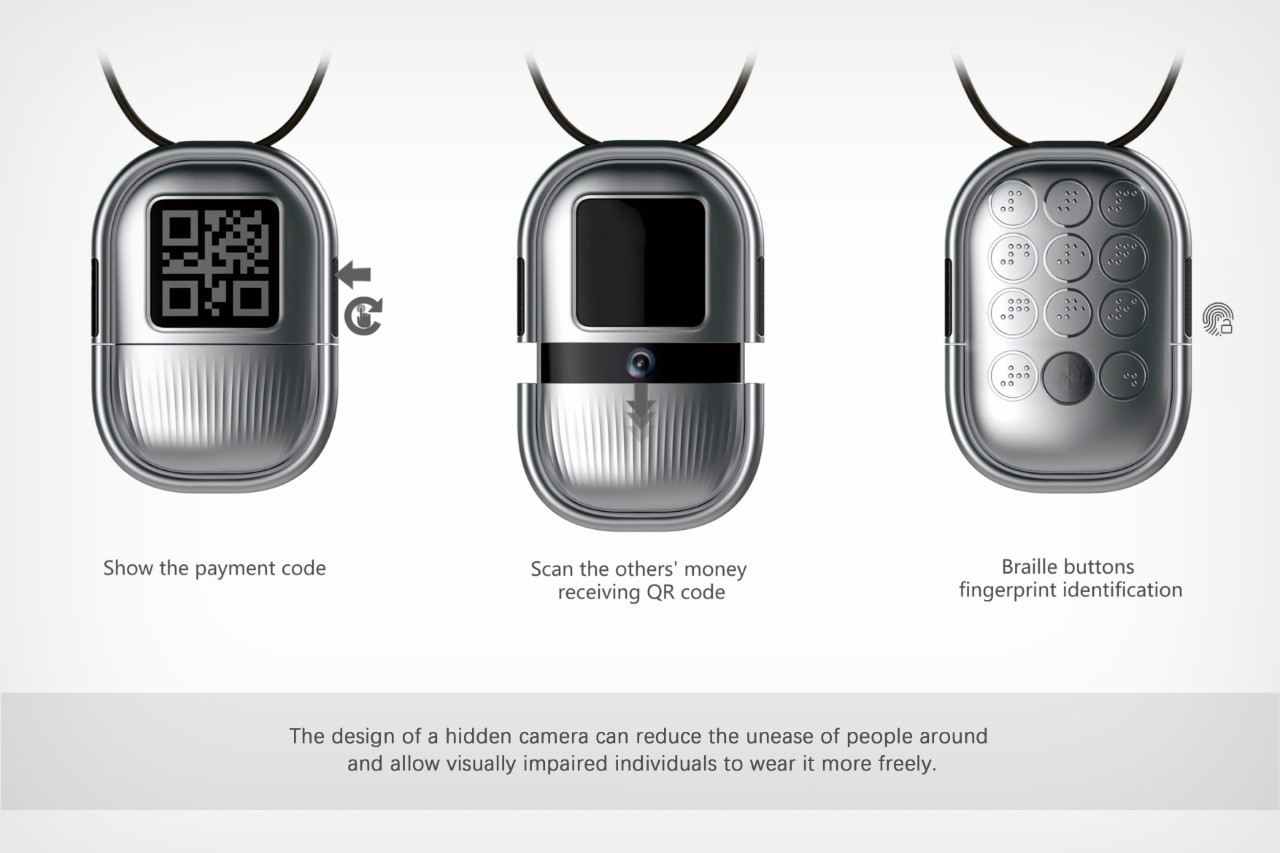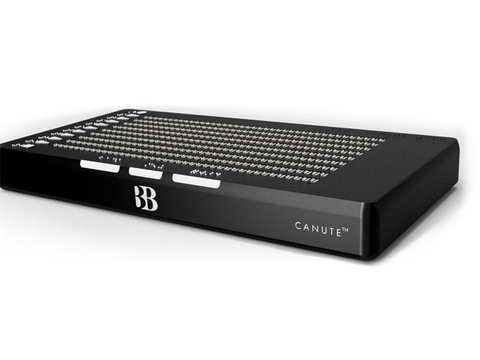OCR Devices for the Blind: Converting Print to Speech in Real-Time
Wiki Article
Enhancing Lives With Advanced Assistive Devices for the Blind
The assimilation of advanced assistive devices for the blind is changing just how people experience their surroundings and interact with their communities. What does this evolution mean for the future of assistive modern technology and its function in equipping people?Introduction of Assistive Devices
Assistive tools for the blind encompass a diverse variety of innovations and devices created to enhance self-reliance and boost the quality of life for people with aesthetic impairments. These gadgets cater to various needs, from navigation and flexibility to communication and everyday job monitoring.One of the key classifications of assistive gadgets consists of flexibility help, such as white walking sticks and overview pet dogs, which assist customers navigate their surroundings safely. Electronic traveling help, outfitted with sensing units and audio feedback, additionally play a significant duty in wheelchair enhancement.
In addition, tools that aid with everyday living activities, such as adaptive kitchen tools, Braille labels, and speaking watches, equip individuals to execute jobs independently. Communication help, including display viewers and Braille displays, assist in accessibility to information and enable individuals to engage efficiently with the digital world.
Furthermore, low-tech options like multiplying glasses and large-print products stay important for several customers. Collectively, these assistive devices serve not only as practical devices yet additionally as essential enablers of freedom, promoting greater engagement in a globe that usually focuses on sighted experiences. Their integration into day-to-day live is important for promoting inclusivity and boosting total well-being for those with visual impairments.
Ingenious Technologies in Use
Development in technology has significantly changed the landscape of tools available for individuals with aesthetic impairments. Amongst the most noteworthy advancements are clever glasses integrated with increased fact, which offer real-time navigating support and item acknowledgment. These devices utilize advanced electronic cameras and fabricated intelligence to provide auditory hints, enhancing the individual's spatial understanding and autonomy.Furthermore, mobile applications have emerged as effective resources, making it possible for users to determine money, reviewed message aloud, and navigate strange atmospheres via spoken guidelines. Devices such as Braille displays and refreshable Braille gadgets proceed to advance, supplying seamless connection with computers and mobile phones, consequently boosting communication and accessibility to details.
Wearable technology, consisting of smartwatches equipped with voice-activated features, even more encourages users by promoting quick access to notices and signals without requiring visual interaction. Tactile maps and 3D printing are also acquiring traction, supplying tangible representations of spaces that aid in positioning and mobility training.
Collectively, these innovative innovations not only boost the every day lives of aesthetically damaged individuals but likewise foster higher freedom, inclusivity, and engagement with the broader community, thereby reshaping assumptions of accessibility. (Assistive technology for the blind)
Personal Stories of Empowerment
Empowerment frequently emerges from personal experiences that highlight the transformative influence of innovation on individuals with visual impairments. Take, as an example, the story of Sarah, a young artist that reclaimed her enthusiasm for painting through the use of a clever walking stick furnished with challenge detection. This tool not just promoted her flexibility however instilled a newfound self-confidence, permitting her to browse public rooms independently and seek her creative endeavors.
These narratives underscore the extensive results that advanced assistive tools can have on life. By making it possible for people to conquer barriers, technology cultivates a sense of autonomy and self-respect. Such empowerment stories act as a testament to the capacity of advancement, showing how the right devices can considerably boost high quality of life and open doors to new opportunities for those with visual problems.
Benefits of Advanced Solutions
Exactly how can advanced options basically enhance the lives of people with aesthetic impairments? The combination of cutting-edge technology into assistive tools substantially transforms day-to-day experiences for those impacted by vision loss. These innovative solutions provide unmatched autonomy, enabling users to navigate their settings with confidence. Gadgets such as smart walking sticks outfitted with sensing units, navigation applications, and wearable innovation are created to give real-time feedback, enhancing spatial understanding and lowering the risks connected with movement.
Moreover, advanced assistive modern technologies promote social addition by promoting interaction and interaction. Voice-activated devices and applications permit people to gain access to details and engage with their surroundings separately, damaging obstacles that previously prevented their involvement in instructional, professional, and social setups.
In enhancement, the modification and flexibility of these services satisfy the diverse demands of users, thereby boosting their total lifestyle. Enhanced capability, such as object recognition and text-to-speech capacities, equips individuals with visual disabilities to carry out jobs that they may have as soon as found challenging. Ultimately, progressed assistive technologies not just boost self-reliance and safety however also advertise dignity and self-regard, allowing individuals to lead fulfilling lives.
Future Fads in Assistive Tech
As technology remains to advance, the landscape of assistive devices for the blind is positioned for amazing improvements that will additionally enhance accessibility and self-reliance. Emerging fads in assistive technology suggest a change towards increased combination of fabricated intelligence (AI) and maker learning, enabling tools to adapt to private customer needs in real-time. These developments are anticipated to promote even more user-friendly navigation systems that can determine challenges and give audio comments, significantly improving outdoor movement.In addition, the advancement of wearable tech, such as wise glasses furnished with increased reality, will allow users to receive contextual info concerning their environments, therefore improving their spatial awareness. In addition, advancements in haptic technology promise to create tactile comments gadgets, allowing users to perceive information through touch, boosting knowing and communication with their setting.
Telecommunication advances are additionally leading the means for remote assistance remedies, where skilled experts can give advice using video calls, making certain support is conveniently easily accessible. OCR devices for the blind As these patterns unfold, the future of assistive tools for the blind will most certainly cultivate better autonomy, encouraging individuals to navigate their world with self-confidence and convenience.

Conclusion
The combination of sophisticated assistive devices for the blind represents a significant advancement in fostering self-reliance and improving high quality of life. By using ingenious innovations, these devices empower users to browse their atmospheres with greater confidence and freedom. As the area remains to develop, ongoing study and development will likely yield much more advanced solutions, additionally changing the lived experiences of individuals with aesthetic disabilities and advertising a higher sense of inclusion within culture.
The integration of innovative assistive gadgets for the blind is transforming just how individuals experience their environments and communicate with their communities. The assimilation of innovative innovation right into assistive devices considerably transforms everyday experiences for those affected by vision loss.As modern technology proceeds to develop, the landscape of assistive tools for the blind is poised for impressive improvements that will certainly better boost availability and independence. Emerging fads in assistive technology show a shift towards enhanced assimilation of artificial knowledge (AI) and machine discovering, enabling devices to adjust to specific user requires in real-time.The assimilation of advanced assistive gadgets for the blind represents a considerable advancement in promoting freedom and enhancing top quality of life.
Report this wiki page